pyrex.custom.irex.EnvelopeVpol.setup_antenna¶
-
EnvelopeVpol.setup_antenna(response_data, center_frequency=500000000.0, bandwidth=800000000.0, temperature=325, resistance=50, orientation=(0, 0, 1), efficiency=1, noisy=True, unique_noise_waveforms=10, **kwargs)¶ Setup the antenna by passing along its init arguments.
Any arguments passed to this method are directly passed to the
__init__methods of theantenna’s class.- Parameters
- response_datatuple of array_like
Tuple containing the response data for the antenna along the theta and phi polarization directions. The first and second elements should contain 3-D arrays of the antenna response model in the theta and phi polarizations, respectively, as a function of frequency (axis 0), zenith (axis 1), and azimuth (axis 2). The remaining elements should be the values of the frequency, zenith, and azimuth axes, respectively.
- center_frequencyfloat, optional
Frequency (Hz) at the center of the antenna’s frequency range.
- bandwidthfloat, optional
Bandwidth (Hz) of the antenna.
- temperaturefloat, optional
The noise temperature (K) of the antenna. Used in combination with resistance to calculate the RMS voltage of the antenna noise.
- resistancefloat, optional
The noise resistance (ohm) of the antenna. Used in combination with temperature to calculate the RMS voltage of the antenna noise.
- orientationarray_like, optional
Vector direction of the z-axis of the antenna.
- efficiencyfloat, optional
Antenna efficiency applied to incoming signal values.
- noisyboolean, optional
Whether or not the antenna should add noise to incoming signals.
- unique_noise_waveformsint, optional
The number of expected noise waveforms needed for each received signal to have its own noise.
